
- Home
- Workshops / Tours
- Diary / Blog
- Galleries
- Foreign Trips
- Tasmania 2016
- NE Queensland 2016
- Western Alps 2016
- NE Spain 2016
- Australia's Wet Tropics 2015
- Australia's Top End 2015
- SW Australia 2015
- Switzerland 2015
- Andalucia 2015
- Belize 2015
- Australia 2014
- Switzerland 2014
- Belize 2014
- Bahama Islands 2014
- Switzerland 2013
- Ecuador 2012-2013
- Florida 2011-2012
- Vancouver Island 2011
- Australia 2010
- Peru 2008
- Bulgaria 2007
- Lesvos 2006
- California 2006
- New Zealand 2005
- Extremadura 2005
- Goa, India 2004
- The Gambia 2003
Southern Peru
25th November-14th December 2008
Islas Ballestas
About 20minutes offshore of Paracas lie the Islas Ballestas. These small, rocky islands are a protected area populated by thousands of seabirds and a large colony of Southern Sea-lions.
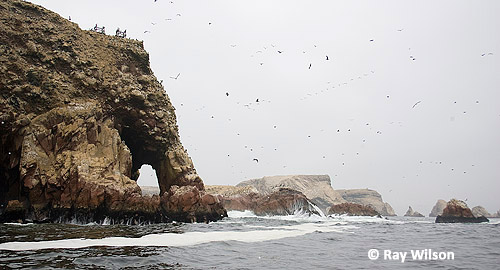
In the mid-nineteenth centuary, these islands were one of the mainstays of the Peruvian economy. Huge quantities of guano collected from the islands were exported to Europe for use as fertilizers. Many of the old loading gantries and buildings are still present on the some of the larger islands.
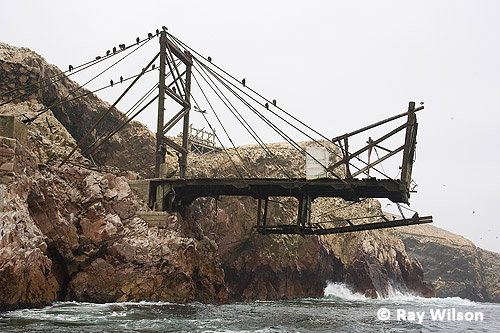
Derelict loading gantry
One of the most numerous species on the islands is the Peruvian Booby.
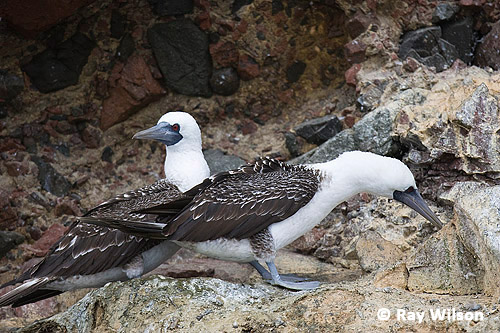
Peruvian Booby (Sula variegata)
Like all members of the Sulidae family it feeds by plunge-diving to catch fish close to the surface of the sea. The bird below is just beginning its dive...
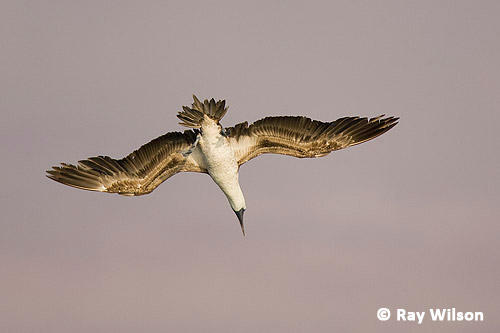
Peruvian Booby (Sula variegata)
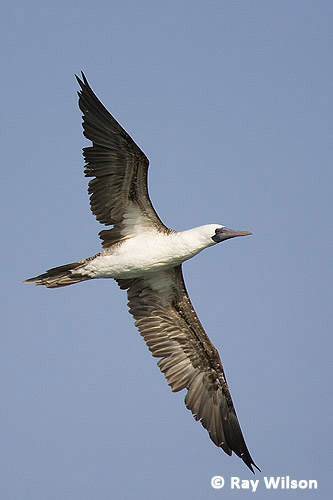 Peruvian Booby (Sula variegata) |
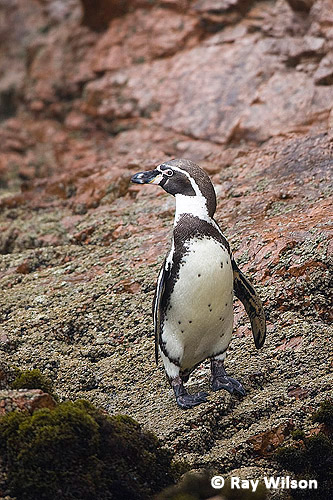 Humboldt Penguin (Sphenicus humboldti) |
The islands hold a small colony of Humboldt Penguins. Seems a bit odd seeing penguins in the tropics!

Humboldt Penguin (Sphenicus humboldti)
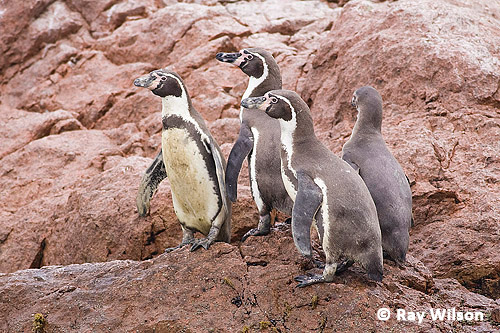
Humboldt Penguin (Sphenicus humboldti)
The Red-legged Cormorant is the rarest of the 3 species of Cormorant found around the islands, with only a few pairs present.
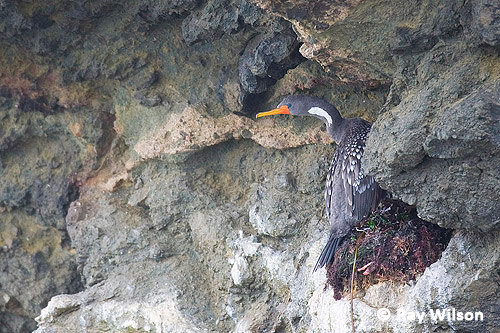
Red-legged Cormorant (Phalacrocorax gaimardi)
Guanay Cormorant is much commoner, and is seen in relatively good numbers perched on the rocks, flying around, and swimming on the water.

Guanay Cormorant (Phalacrocorax bougainvillii)
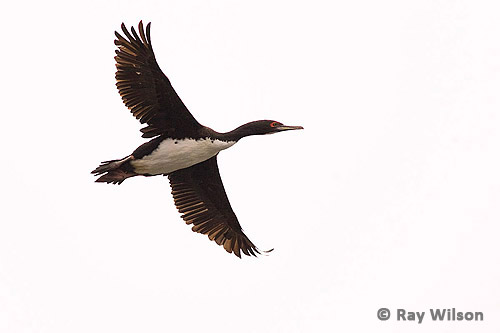
Guanay Cormorant (Phalacrocorax bougainvillii)
When diving, all cormorants jump out of the water before disappearing below the surface...
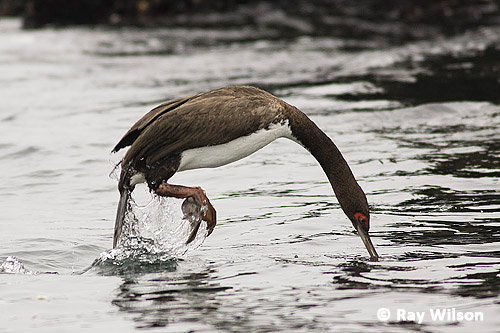
Guanay Cormorant (Phalacrocorax bougainvillii)
Another common species is the Peruvian Pelican.
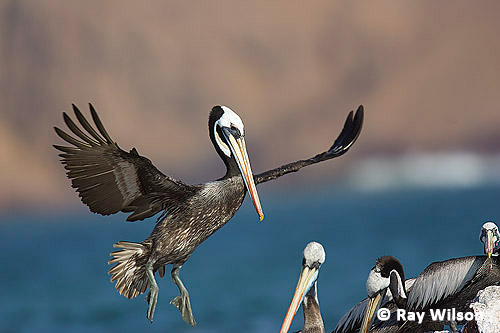
Peruvian Pelican (Pelicanus thagus)
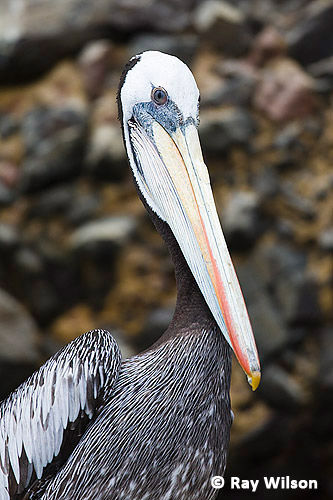
Peruvian Pelican (Pelicanus thagus)

Peruvian Pelican (Pelicanus thagus)
The most distinctive and charismatic bird of the islands is the Inca Tern. These were formerly endemic to Peru, but have been spreading south since the 1930's and are now also common in northern Chile.
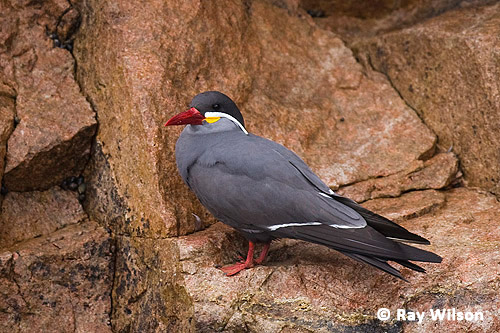
Inca Tern (Larosterna inca)

Inca Tern (Larosterna inca)
This adult was getting a bit annoyed with the constant begging from the juvenile.
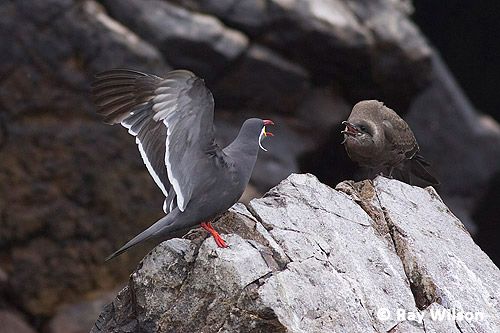
adult and immature Inca Tern (Larosterna inca)
As well as the seabirds, there is a large colony of Southern Sea-lions on the islands. Like all sea-lions, they exhibit strong sexual dimorphism, with the males weighing almost twice as much as the females.
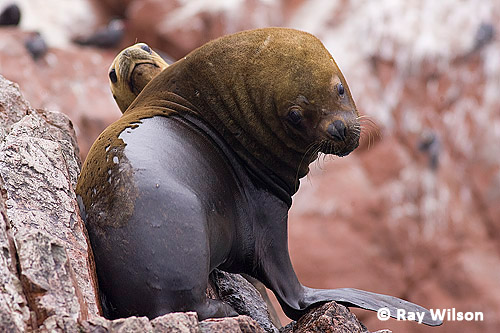
Southern Sea Lion (Otaria flavescens)
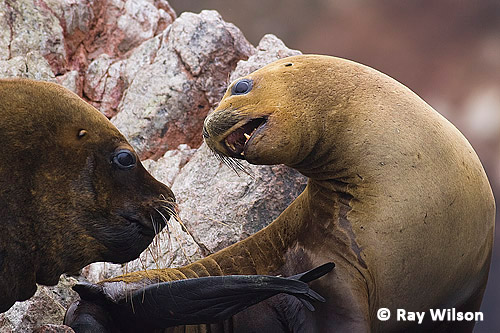
Southern Sea Lion (Otaria flavescens)
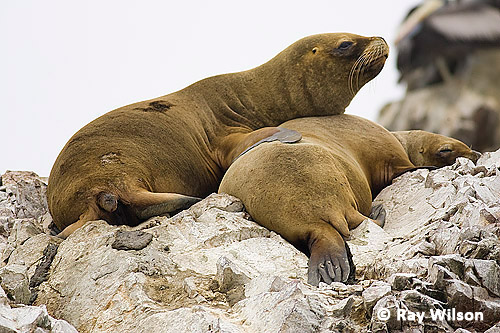
Southern Sea Lion (Otaria flavescens)
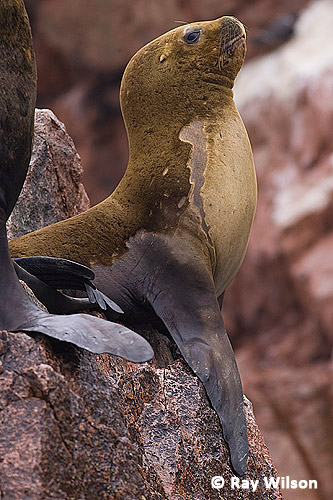
Southern Sea Lion (Otaria flavescens)
The breeding beach is very crowded...
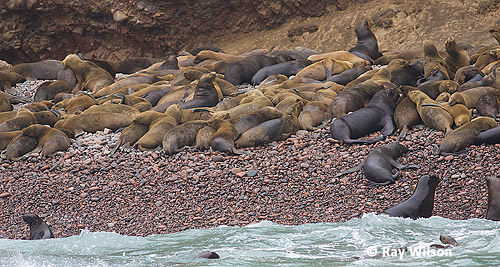
Southern Sea Lions (Otaria flavescens) on breeding beach
Lastly, Blackish Oystercatchers can occasionally be seen on the tidal-zone rocks.
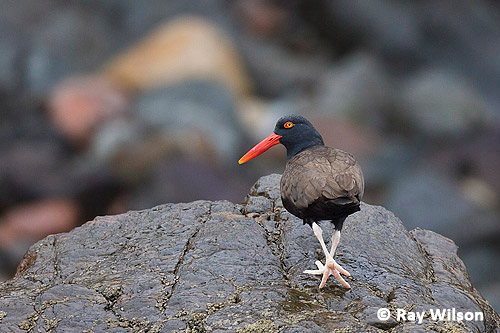
Blackish Oystercatcher (Haematopus ater)
The boat trip out to the islands takes you past the "Candelabra". This 50m high design carved into the hillside by a prehistoric civilisation is similar in style to the more famous nearby Nazca lines. Despite what its name suggests, it was more likely intended to be a stylized representation of a Saguaro cactus. It can only be appreciated in its entirety from the sea and may have been made as a navigational aid or territorial marker for sea-faring natives. It is also very likely to have had religious significance to the people who made it.
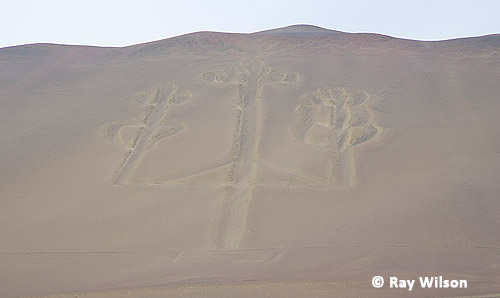
"The Candelabra"
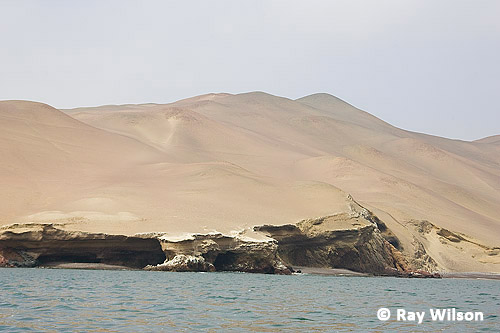
Ray Wilson owns the copyright of all images on this site.
They may not be used or copied in any form without prior written permission.
raywilsonphotography@googlemail.com